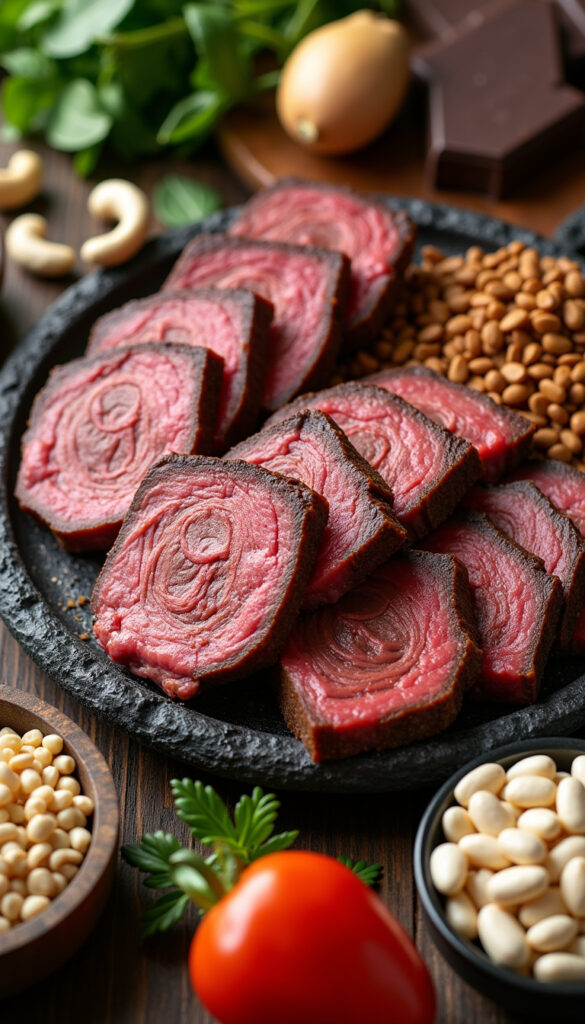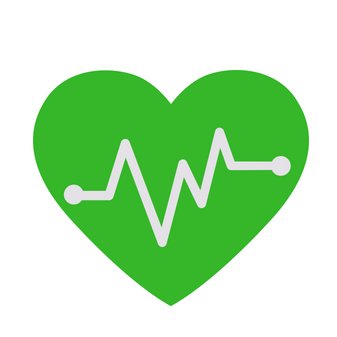Iron deficiency affects millions of Americans, causing tired days and low energy. The good news? You can fight back with smart food choices that boost your iron levels naturally.

What Is Iron Deficiency and Why Does It Make You Tired?
Your body needs iron to make healthy red blood cells. These cells carry oxygen from your lungs to every part of your body. When you don’t have enough iron, your organs don’t get the oxygen they need. This makes you feel tired, weak, and sluggish.
Iron deficiency happens in stages. First, your body uses up its iron stores. Then, it can’t make enough healthy red blood cells. Finally, you develop iron deficiency anemia, which makes you feel very tired and weak.
Signs You Might Have Iron Deficiency
Watch for these warning signs:
Take Charge of Your Health with The Home Doctor
Discover real-world remedies and first-aid solutions you can use when help isn’t around.
👉 Claim Your Home Doctor Guide- Feeling tired even after sleeping well
- Getting out of breath easily
- Cold hands and feet
- Strange cravings for ice, starch, or dirt
- Brittle or spoon-shaped fingernails
- Heavy menstrual periods
- Restless leg syndrome
- Hair loss or thinning hair
If you have several of these symptoms, talk to your doctor about getting tested.
The Two Types of Iron in Food
Not all iron is the same. Food contains two types:
Heme Iron
- Found in meat, fish, and poultry
- Your body absorbs it easily
- About 15-35% gets absorbed
Non-Heme Iron
- Found in plants, grains, and fortified foods
- Harder for your body to absorb
- Only 2-20% gets absorbed
Best Iron-Rich Foods to Fight Fatigue
Top Heme Iron Sources
These foods give you the most usable iron:
- Beef liver: 18mg per 3 ounces (100% of daily needs)
- Chicken liver: 11mg per 3 ounces
- Oysters: 5mg per 3 ounces
- Beef: 3mg per 3 ounces
- Sardines: 2mg per 3 ounces
- Turkey: 2mg per 3 ounces
- Chicken: 1mg per 3 ounces
Best Non-Heme Iron Sources
Plant foods that pack an iron punch:
- Fortified breakfast cereals: 4-18mg per serving
- White beans: 8mg per cup
- Dark chocolate: 7mg per 3 ounces
- Lentils: 6mg per cup
- Spinach: 6mg per cup cooked
- Tofu: 6mg per half cup
- Kidney beans: 5mg per cup
- Cashews: 2mg per ounce
Foods That Help Your Body Absorb Iron Better
Some foods help your body take in more iron from your meals:
Vitamin C Champions
- Oranges and orange juice
- Strawberries
- Bell peppers
- Broccoli
- Tomatoes
- Kiwi fruit
Other Iron Helpers
- Meat, fish, and poultry (help with non-heme iron)
- Onions and garlic
- Fresh herbs like parsley
Try pairing these foods with iron-rich meals. For example, drink orange juice with your iron-fortified cereal, or add bell peppers to your beef stir-fry.
Foods That Block Iron Absorption
Some foods and drinks can stop your body from absorbing iron:
Major Iron Blockers
- Coffee and tea (wait 1 hour after meals)
- Milk and cheese
- Whole grains (phytates)
- Red wine
- Chocolate (in large amounts)
Smart Timing Tips
- Don’t drink coffee or tea with iron-rich meals
- Take calcium supplements between meals, not during
- Soak beans and grains before cooking to reduce phytates
Easy Meal Ideas to Boost Your Iron
Breakfast Options
- Iron-fortified cereal with strawberries
- Spinach and cheese omelet with orange juice
- Oatmeal topped with cashews and dried fruit
Lunch Ideas
- Lentil soup with a side of broccoli
- Turkey sandwich with tomatoes
- Spinach salad with beef strips
Dinner Solutions
- Grilled chicken with steamed spinach
- Beef stir-fry with bell peppers
- White bean and vegetable soup
Smart Snacks
- Dark chocolate squares
- Trail mix with cashews and dried fruit
- Hummus with red bell pepper strips
Special Tips for Different Groups
For Vegetarians and Vegans
- Focus on fortified cereals and plant proteins
- Always pair iron foods with vitamin C
- Consider cooking in cast iron pans
- Soak and sprout beans and grains
For Women
- Pay extra attention during heavy periods
- Pregnant women need 27mg daily (talk to your doctor)
- Teen girls need 15mg daily during growth spurts
For Children
- Try iron-fortified cereals and breads
- Mix iron-rich foods into familiar dishes
- Make smoothies with spinach and fruit
When to See a Doctor
Don’t try to fix severe iron deficiency with food alone. See your doctor if you have:
- Extreme tiredness that doesn’t improve
- Shortness of breath during normal activities
- Fast or irregular heartbeat
- Severe headaches or dizziness
- Heavy menstrual bleeding
Your doctor can test your iron levels and may recommend supplements along with dietary changes.
Quick Action Steps to Start Today
Ready to fight fatigue with better nutrition? Start with these simple steps:
- Add one iron-rich food to each meal
- Drink orange juice or eat vitamin C foods with iron meals
- Wait one hour after eating before drinking coffee or tea
- Try cooking in a cast iron pan
- Read food labels to find iron-fortified options
Remember, it takes time to rebuild your iron stores. Most people start feeling more energetic after 2-4 weeks of consistent dietary changes.

Lifebing is driven by an unrelenting passion for promoting health and well-being, our team is wholly committed to curating exceptional content and immersive experiences.
